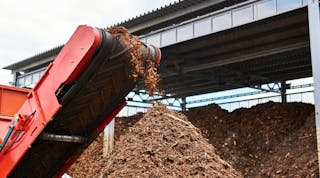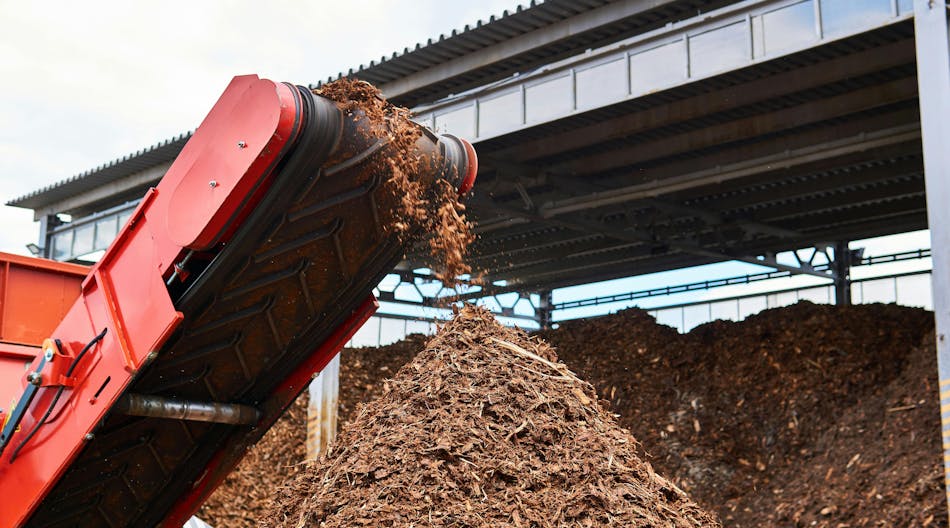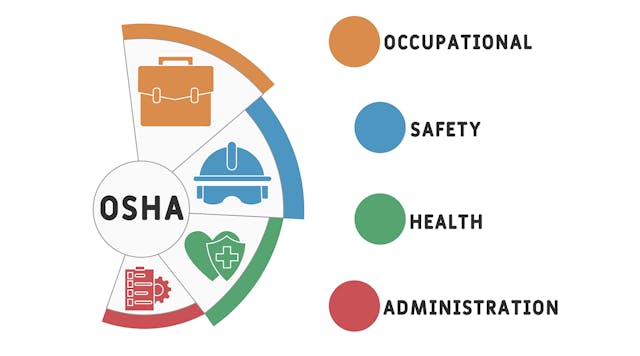The Occupational Safety and Health Administration (OSHA) recently made several major changes to its Process Safety Management (PSM) standard for highly hazardous chemicals, which previously had remained largely unchanged for the last 30 years.
Originally issued in 1992, the PSM standard lays out requirements for managing processes involving highly hazardous chemicals above set threshold quantities. It also deals with the technologies, procedures and management practices used in those processes. Among them are steps employers are required to take for compiling process safety information, process hazard analysis and procedures for process operation and for managing change.
OSHA emphasized that the changes were being announced for the purpose of instructing its enforcement personnel about the agency's interpretations of those standards. “This instruction is not a standard, regulation or any other type of substantive rule,” it stressed when announcing the changes.
It also explained that employers will find that the most significant changes include the incorporation of existing OSHA PSM enforcement policies into a question-and response-format, and the removal of the Appendix A PQV Audit Checklist in the OSHA Instruction CPL 02-02-045 (REVISED), that was issued on Sept. 13, 1994.
“Unexpected releases of toxic, reactive, or flammable liquids and gases in processes involving highly hazardous chemicals have been reported for many years, in various industries using chemicals with such properties,” OSHA said. “Regardless of the industry that uses these highly hazardous chemicals, there is a potential for an accidental release any time they are not properly controlled, creating the possibility of disaster.”
The application of these new instructions will further the agency’s goal of uniform enforcement of these standards, OSHA noted. However, it also added that agency enforcement personnel should exercise their own professional judgment consistent with their authority as appropriate when particular circumstances necessitate a deviation from the guidance provided in the instructions.
Attorney Mini Kapoor of the law firm of Haynes and Boone advises, “Employers should view the issuance of the directive as an indication that OSHA continues to view management of hazardous chemicals as an area of emphasis for workplace safety.”
Since the issuance of the original PSM standard n the 1990s, questions have been submitted to OSHA by employers requesting the agency’s interpretation of the requirements of the standard, and in response, OSHA has provided compliance guidance regarding the various provisions of the standard, including its applicability, Kapoor points out.
“The directive is essentially a compilation of those questions, OSHA’s response to the questions, and where applicable, includes references to OSHA’s letters of interpretation or the standard interpretations relevant to the respective questions,” she explains.
In many cases, the response has a link to an existing OSHA background document. OSHA issued the 2024 directive after stakeholder feedback in 2022, according to attorneys with the law firm of Vorys Sater Seymour and Pease. In addition, OSHA reported that it is continuing to consider additional revisions to the PSM Standard.
Kapoor says this OSHA action should spur employers to review their current safety programs and activities. “While the directive does not alter employer obligations under the PSM standard, employers should ensure that their PSM teams review the directive to ensure continued workplace safety and compliance with the standard.”
She also reminds employers, “While the 2024 directive does not have the legal authority of a statute or regulation, its predecessor directive has been used to govern OSHA’s inspections, audits, citations and enforcement proceedings under the PSM standard.”
OSHA also said that states with their own safety enforcement programs are required to either adopt their own directives that are either identical to the federal directive or different, but which must contain enforcement policies that are at least as effective as those contained in the OSHA instruction. In addition, state plans must provide for their own comparable internal administrative procedures and processes, the agency noted.










































































